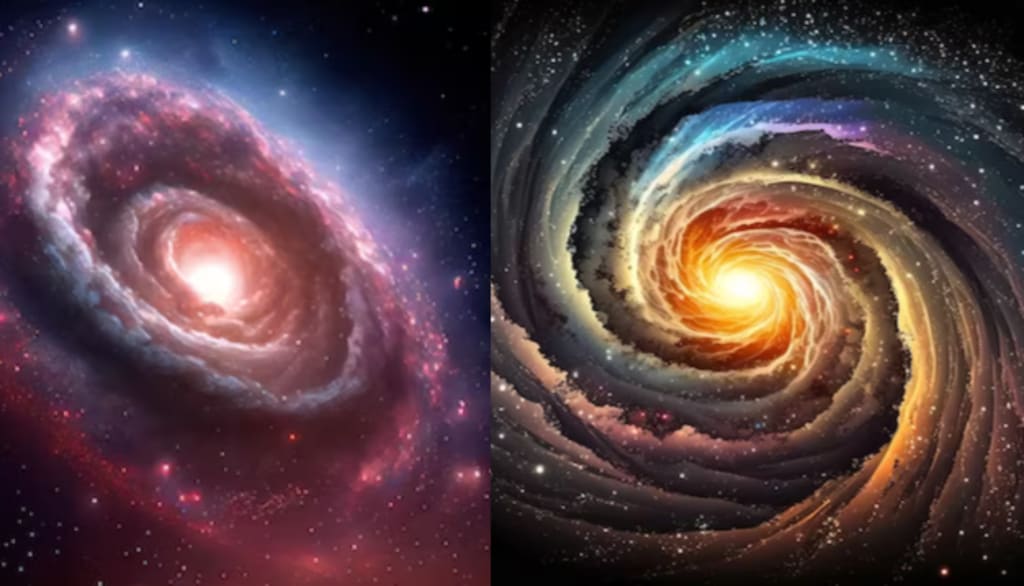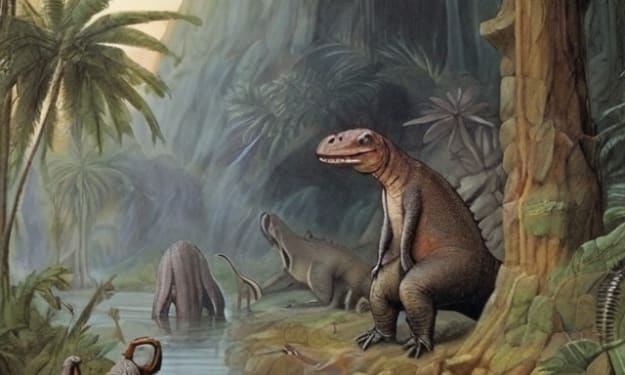
Embark on a cosmic odyssey into the mysterious realm of black holes, those enigmatic voids scattered throughout the vast expanse of the universe. Picture millions of them, silent sentinels waiting in the cosmic shadows, and ponder the captivating question: could a black hole devour us all?
Just 3,000 light years away lies a visible black hole, a stellar giant suspended in the cosmic ballet. Fortunately, we're at a safe cosmic distance from this celestial enigma, but the universe hosts around 100 million more of these remnants of explosive supernovae. Two distinct types exist: the relatively modest stellar black holes, about 16 kilometers in diameter, and the colossal supermassive ones, with dimensions rivaling our entire solar system.
Now, let's explore the cosmic threshold of danger. How close must a black hole be before we should start worrying? Even a black hole the size of a pin could spell our cosmic demise if it ventured too close, armed with dense mass and an unforgiving gravitational pull. Our fate hinges on a cosmic point of no return – the event horizon. Beyond it, escape becomes a cosmic daredevil stunt requiring speeds faster than light – a challenge even for the bravest spacefarers.
As the hypothetical black hole draws near, envision the Earth's closest side stretching towards it, our atmosphere gradually vacuumed away. Chunks of our beloved planet would tear asunder, creating a celestial ballet of destruction. Falling into the black hole's orbit would trigger tidal heating, distorting Earth in a cataclysmic dance of earthquakes, volcanoes, and tsunamis – the trifecta of doom.
Now, let's enter the bizarre realm of spaghettification. If you were a superhero daring to confront the cosmic abyss, your body would stretch vertically, limbs compressed – elasticity might just be your saving grace. Stellar black holes induce this phenomenon several hundred kilometers from the event horizon, but the colossal supermassive ones could pull it off inside that ominous boundary.
Imagine Earth unraveling into a string of atoms, joining the swirling accretion disk around the black hole. Radiation emanates from this cosmic whirlpool, a deadly encore even if we dodged the asteroids hurtling our way. Tidal forces, akin to a celestial waltz, might make Earth uninhabitable or, worse yet, cast us out of orbit or into the clutches of our own sun.
But hold on – amidst this cosmic chaos, could we engineer a hyper-reinforced space shuttle, a shield against our cosmic nemesis? Perhaps, but as we breach the event horizon, the fabric of known physics would morph into a cosmic enigma. Gravity, the speed of light, even atomic interactions would dance to a different cosmic rhythm.
In this hypothetical journey beyond the event horizon, would we plummet into another dimension or find ourselves in a parallel universe? Maybe we're already inside a black hole, lost in the cosmic tapestry. The truth remains elusive, shrouded in the mysteries of these enigmatic voids.
So, fasten your seat belts, cosmic adventurers, for this what-if tale leads us into the cosmic unknown. The outcome? Well, that's a story for another cosmic reverie.
As we traverse the cosmic landscape, one cannot help but marvel at the intricate dance of celestial bodies. The universe, with its myriad galaxies, stars, and black holes, presents a cosmic symphony that both captivates and challenges our understanding. The notion of black holes, those cosmic devourers, adds an extra layer of intrigue to the cosmic narrative.
A mere 3,000 light years away, a visible black hole stands as a testament to the cosmic forces that shape our reality. Fortunately, we find ourselves at a safe cosmic distance from this celestial giant, but the universe is no stranger to these cosmic wonders. Approximately 100 million black holes, remnants of explosive supernovae, dot the cosmic landscape, each telling a story of cosmic cataclysm and rebirth.
These cosmic behemoths come in two varieties, each with its own cosmic fingerprint. Stellar black holes, relatively modest in size with a diameter of about 16 kilometers, represent the remnants of massive stars that have undergone gravitational collapse. On the other end of the cosmic spectrum are supermassive black holes, colossal in scale with a diameter rivaling our solar system and a mass exceeding one million suns combined. Sagittarius A, nestled in the heart of our galaxy, serves as a cosmic sentinel, a supermassive black hole that anchors the dance of celestial bodies around it.
Now, let us peer into the cosmic abyss and ponder the cosmic threshold of danger. How close must a black hole be before cosmic alarms start ringing? The answer lies in the cosmic ballet of the event horizon, a point of no return where escape defies the cosmic laws as we know them. A black hole, even as small as a pin, possesses the cosmic might to spell our demise if it ventures too close, armed with dense mass and an unforgiving gravitational pull.
As we navigate this hypothetical cosmic peril, envision the Earth's closest side succumbing to the cosmic forces, stretching towards the gravitational abyss. Our atmosphere, that cosmic veil that shields and sustains life, would gradually be vacuumed away, leaving the Earth vulnerable to the cosmic ballet of destruction. Falling into the black hole's orbit would trigger tidal heating, a cosmic dance that distorts Earth into a cataclysmic display of earthquakes, volcanoes, and tsunamis – a trifecta of cosmic doom.
Now, let us enter the cosmic theater of spaghettification, a phenomenon both captivating and ominous. If one were a cosmic superhero daring to confront the abyss, the body would stretch vertically, limbs compressed in a cosmic waltz with the forces of gravity. For stellar black holes, this cosmic distortion occurs several hundred kilometers from the event horizon, while the colossal supermassive ones induce it inside that ominous boundary.
Picture Earth unraveling into a string of atoms, joining the cosmic whirlpool of the black hole's accretion disk. Radiation emanates from this cosmic dance, a deadly encore even if we miraculously dodge the cosmic onslaught of asteroids. Tidal forces, a cosmic waltz between celestial bodies, might render Earth uninhabitable or, worse yet, cast us out of orbit into the clutches of our own sun.
In the cosmic theater of possibilities, could we engineer a hyper-reinforced space shuttle, a cosmic shield against our impending cosmic nemesis? The answer remains uncertain, for as we breach the cosmic veil of the event horizon, the known laws of physics morph into a cosmic enigma. Gravity, the speed of light, even atomic interactions waltz to a different cosmic rhythm.
In this cosmic journey beyond the event horizon, the cosmic landscape morphs into an unpredictable terrain. Would we plunge into another cosmic dimension, traverse the cosmic fabric into a parallel universe, or discover that we are already entwined in the cosmic tapestry of a black hole? The cosmic truth eludes us, lost in the mysteries of these celestial voids.
So, cosmic adventurers, fasten your seat belts, for this cosmic odyssey leads us into the cosmic unknown. The outcome? Well, that remains a story for another cosmic reverie, another chapter in the cosmic narrative that unfolds across the vast canvas of the universe.
About the Creator
Mary Emmanuel
Dive into the enchanting symphony of my soul! 🌟 As a writer and singer, I weave tales with words and melodies that linger in hearts. 📚🎤 Join me for an artistic escapade beyond imagination! Thanks for stopping here!
Enjoyed the story? Support the Creator.
Subscribe for free to receive all their stories in your feed. You could also pledge your support or give them a one-off tip, letting them know you appreciate their work.






Comments (1)
I loved this